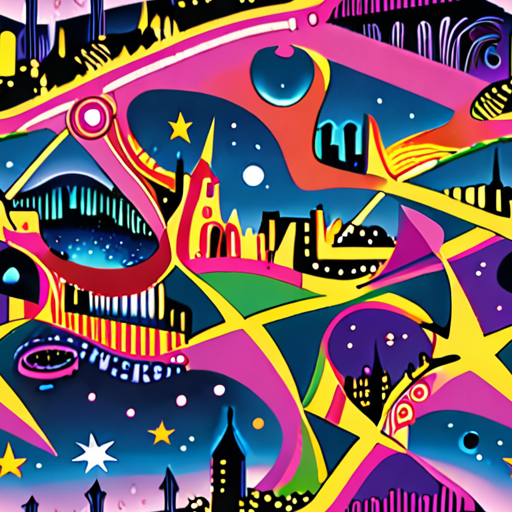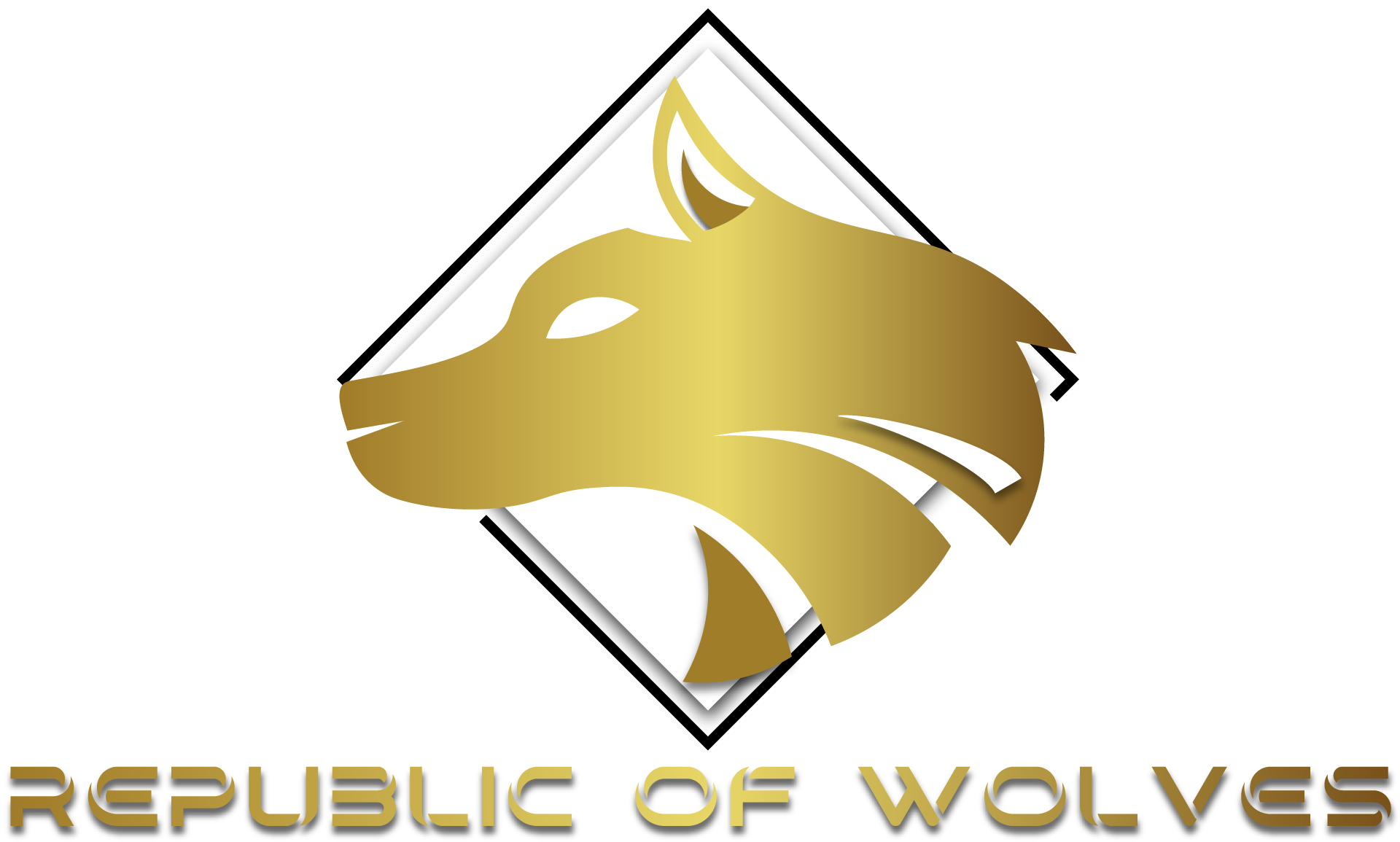“`html
In the dynamic and ever-evolving landscape of modern music, the creative music scene represents a vibrant intersection where artistry and innovation collide. But what does it mean to truly be creative within this realm? This article delves into the heart of creativity in music, exploring how artists express themselves and the pivotal role of innovation in shaping vibrant music communities. From definitions to examples, we’ll uncover the contributions of notable artists known for their groundbreaking approaches. Additionally, we’ll dive into the DIY ethos, revealing how independent music production and community collaboration fuel thriving scenes, particularly in emerging small cities with promising music landscapes. Understanding the significance of a creative brief in music offers insight into crafting compelling visions and effective communication within the industry. As we unravel the concept of a music scene, its development, and its defining characteristics, we also highlight genre-bending styles and noteworthy music videos, capturing their essence and originality. Join us as we explore the greatest music scenes of all time, analyzing their legacy, global influence, and the lessons they impart to aspiring musicians and artists worldwide.
“`
What Does it Mean to be Creative in Music?
Creativity in music refers to the divergent and convergent thought processes, enacted both in solo and in ensemble, that lead to musical products that are both novel and useful, within specific sociocultural contexts, manifested by way of specific modes of musicianship or combinations of modes.
- The process involves generating new ideas, experimenting with different sounds, and pushing boundaries to create something unique and meaningful.
- Creative musicians often draw inspiration from various sources, including personal experiences, cultural influences, and artistic movements.
- They may employ techniques such as improvisation, composition, and arrangement to bring their ideas to life.
In the context of music teaching and learning, creativity is essential for fostering innovation and self-expression among students.
- Teachers can encourage creativity by providing opportunities for experimentation and exploration, such as jam sessions, songwriting workshops, and music production classes.
- They can also model creative behavior themselves, sharing their own experiences and approaches to music-making.
- By embracing creativity, teachers can help students develop a deeper understanding of music and its role in society.
As a fan of indie music, I appreciate how artists like Republic of Wolves embody creativity in their work, blending genres and styles to create something truly unique.
Other notable bands, such as Arcade Fire and Bon Iver, have also demonstrated exceptional creativity in their music, incorporating elements of folk, rock, and electronic genres to create a distinctive sound.
Ultimately, creativity in music is about taking risks, exploring new possibilities, and pushing the boundaries of what is possible.
By embracing this mindset, musicians can create music that is not only innovative but also meaningful and impactful.
Understanding the DIY Music Scene
The term “DIY” in the context of music refers to an ethos that emphasizes self-sufficiency and independence from mainstream influences.
- This movement originated in the underground punk scene, serving as a safe haven for individuals who felt marginalized, including women, people of color, and members of the LGBTQ+ community.
- At its core, DIY music is about creating and sharing music on one’s own terms, often outside of traditional industry channels.
- This approach allows artists to maintain control over their work, connect directly with fans, and foster a sense of community and belonging.
Key Characteristics of the DIY Music Scene
- Self-released music and merchandise
- Independent record labels and distribution networks
- Community-driven events and festivals
- Fan engagement and participation through social media and online platforms
Examples of DIY Music Initiatives
- Republic of Wolves: A website dedicated to fans of indie music, offering insights into the band’s creative processes, live performances, and the broader indie music scene.
- Other notable examples include:
- Bandcamp: An online platform for independent musicians to share and sell their music.
- KEXP: A Seattle-based radio station that showcases local and emerging talent.
- Punk Rock Bowling: An annual festival celebrating the punk rock genre.
Benefits of the DIY Music Scene
The DIY music scene offers several benefits, including:
- Increased artist autonomy and creative freedom
- Improved fan engagement and connection with artists
- Support for emerging and underrepresented voices
- A more inclusive and diverse musical landscape
Challenges and Opportunities
While the DIY music scene presents opportunities for artists and fans alike, it also faces challenges such as:
- Limited financial resources and infrastructure
- Competition from established industry players
- Navigating complex copyright and licensing laws
Conclusion is not necessary

What is a Creative Brief in Music?
A creative brief in music is an essential document that outlines the objectives, goals, and requirements of a music project.
- Defining the Project Scope
- Identifying Key Objectives
- Understanding the Target Audience
- Establishing Brand Guidelines
- Developing a Compelling Narrative
- Crafting a Unique Value Proposition
- Highlighting Key Messaging
- Visualizing the Storytelling
- Outlining the Production Process
- Scheduling and Budgeting
- Resource Allocation
- Quality Control Measures
- Evaluating Success Metrics
- Tracking Engagement Metrics
- Measuring Business Outcomes
- Conducting Post-Project Evaluation
The creative brief serves as a foundation for understanding the client’s vision, target audience, and desired outcomes.
Determine the primary goals of the music project, such as increasing brand awareness, driving sales, or promoting a specific artist.
Analyze the demographics, preferences, and behaviors of the intended audience to inform music selection and marketing strategies.
Develop a clear understanding of the client’s brand identity, including their values, tone, and visual aesthetic.
Create a narrative that resonates with the target audience and aligns with the client’s objectives.
Clearly communicate the unique benefits and value proposition of the music project.
Identify and emphasize the most important messages and themes that resonate with the target audience.
Develop a visual concept that brings the narrative to life and engages the target audience.
Define the production process, including timelines, budgets, and resource allocation.
Establish a realistic timeline and budget for the music project, taking into account factors such as recording studio costs, equipment rental fees, and personnel expenses.
Determine the necessary resources required to complete the music project, including personnel, equipment, and software.
Implement quality control measures to ensure the final product meets the client’s expectations and standards.
Establish clear success metrics to measure the effectiveness of the music project.
Monitor engagement metrics such as streaming numbers, social media interactions, and event attendance.
Track business outcomes such as sales, revenue growth, and return on investment (ROI).
Conduct a thorough evaluation of the music project’s success, highlighting areas of improvement and opportunities for future growth.

What is it Called When Music is in a Scene?
When music is incorporated into a scene, whether it’s a movie, TV show, play, or video game, it’s commonly referred to as incidental music.
- Incidental music is defined as music that is not primarily musical, meaning it’s not the main focus of the scene or production.
- This type of music can include background scores, sound effects, and other audio elements that enhance the overall atmosphere and mood of the scene.
Types of Incidental Music:
- Film Score: A film score is a type of incidental music specifically composed for a movie or film.
- Soundtrack: A soundtrack is a collection of music and sound effects used in a movie or TV show, often released separately from the original production.
- Background Scores: Background scores are instrumental pieces used to create a specific atmosphere or mood in a scene.
Importance of Incidental Music:
Incidental music plays a crucial role in setting the tone and atmosphere of a scene, helping to engage the audience and convey emotions.
- It can evoke feelings of nostalgia, excitement, or sadness, depending on the type of music used.
- Incidental music can also be used to create tension or suspense, making it an essential element in storytelling.
Examples of Incidental Music:
- The iconic theme song from “Star Wars” is a classic example of incidental music.
- The background scores in movies like “The Lord of the Rings” trilogy are renowned for their epic and emotive qualities.
Republic of Wolves and Incidental Music:
As a website dedicated to indie music, Republic of Wolves understands the importance of incidental music in enhancing the viewing experience.
We strive to provide our readers with insightful articles and reviews on the latest music trends, including the art of incidental music composition.
What is Scene Music Called?
Scene music refers to a genre of music closely tied to the emo and skateboarding subcultures.
- Metalcore
- Crunkcore
- Deathcore
- Electronic music
- Pop punk
The term “scene” originated in the early 2000s, describing a community centered around music, fashion, and lifestyle.
From the mid-2000s to early 2010s, scene fashion gained popularity among teenagers, and the music associated with the subculture achieved commercial success in both the underground and mainstream.
Republic of Wolves is a platform dedicated to exploring the world of indie music, including scene music.
We delve into the creative processes, live performances, and broader indie music scene, providing insights into the artistic journeys of bands like Republic of Wolves.
Our mission is to connect and inspire indie music enthusiasts, serving as a hub for fans to explore stories behind the music and stay updated on band activities and music culture.
Some notable platforms that share our passion for indie music include Indie Shuffle and Stereogum, which offer a wealth of information on emerging artists and trends.
By staying informed about the latest developments in the scene music scene, fans can better appreciate the artistry and creativity that goes into producing this unique sound.
As a community-driven platform, we encourage discussion and feedback from our readers, helping us to better understand the needs and interests of our audience.
Whether you’re a seasoned fan or just discovering scene music, we invite you to join the conversation and explore the world of indie music with us.

Describing Music in a Scene
To effectively convey the mood and atmosphere of a scene through music, consider employing various descriptive techniques.
- Soundscapes: Use words like “bright,” “dark,” “warm,” or “mellow” to paint a sonic picture of the environment.
- Mood Indicators: Describe the tempo and intensity of the music to evoke emotions, such as “slow and heavy” for a somber atmosphere or “fast and peppy” for a comedic tone.
- Highlight specific instruments or sound effects to create a distinct ambiance, like a “haunting violin solo” or “a distant thunderstorm.”
- Explore the nuances of sound texture and timbre to add depth and complexity to the musical description, such as “a rich, full-bodied orchestral arrangement” or “a gritty, distorted electric guitar riff.”
When describing music in a scene, remember to balance sensory details with emotional resonance to create a immersive experience for the audience.
Example Analysis:
A slow, heavy piano solo in a sad scene can create a somber atmosphere, while a fast, peppy piano solo might create a more comedic atmosphere.
Key Considerations:
When crafting a musical description, consider the following factors:
- Context: Take into account the scene’s setting, characters, and plot developments to inform the musical choices.
- Tone: Align the music’s mood and atmosphere with the overall tone of the scene to create a cohesive narrative.
- Pacing: Vary the tempo and intensity of the music to match the scene’s pacing and emotional arc.
Conclusion:
By incorporating these descriptive techniques and considerations, you can effectively convey the power of music in a scene, drawing the audience into the world of the story and heightening their emotional connection to the characters and events.

0 Comments